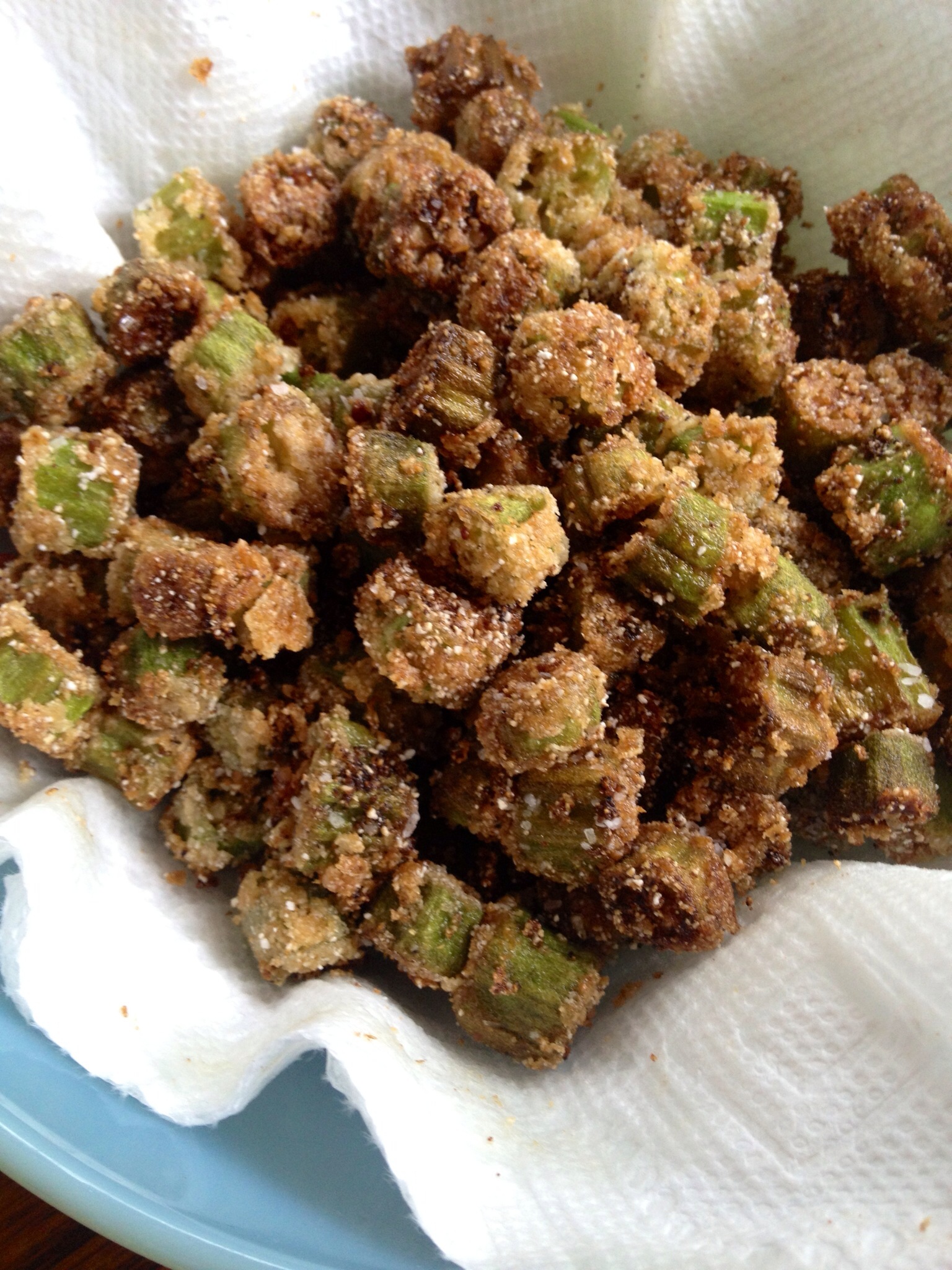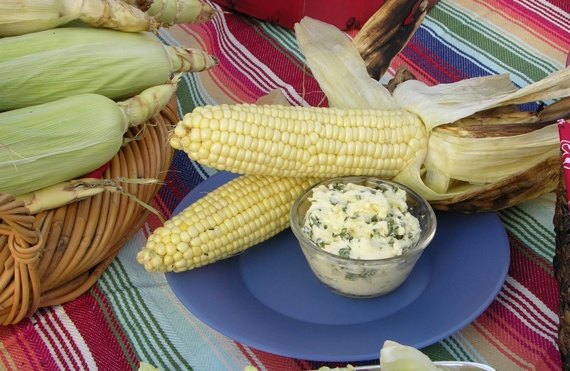There isn’t anything much better than a bowl of warm, comforting potato soup. It warms you up from the inside out… and it is also fast, easy and filling if you are trying to feed a big crowd. Potato Leek soup is a rustic peasant recipe with origins that have been debated forever; the Irish, Welsh, and the French all claim it as their own. Regardless of its origin, once you make it at home, you’ll put it in your soup rotation all winter long.
POTATO LEEK SOUP RECIPE
Makes about 4 large bowls or 8 small ones.
Time: About 30 minutes or less
INGREDIENTS
3 leeks
5 pounds Russet potatoes
2-3 tablespoons olive oil
4+ cups low-sodium chicken broth (sub veggie for vegan)
1/2 cup heavy cream
1/2 teaspoon salt
1/4 teaspoon pepper
Garnish: Croutons, fried leeks, crispy fried onions, or chive
DIRECTIONS:
Clean the leeks by trimming off the root and any discolored leaves, slit in half longwise, and submerge in cold water to rinse the grit from in between the leaves. Dry on paper towels. Slice into thin half circles. Set aside.
Clean, peel, and cut the potatoes into large chunks. Set aside in a bowl of cold water.
Add the olive oil to a large, heavy bottomed pot. Add the leeks and cook over medium high heat, just until soft.
Add 1 cup broth and bring to boil. Cook for 1 minute. Add the remaining broth. Drain the potatoes and add to the pot. Bring to a boil and cook for 1 minute. Reduce to a simmer. Add salt and pepper. Cover and let cook until the potatoes are soft, about 10 minutes. You don’t want to over cook the potatoes or the soup will be gummy. Just cook until fork tender.
Puree the soup with an immersion blender until smooth. Add the heavy cream.
Check the seasoning; add more salt or pepper as desired.
Garnish with croutons, chives, fried leeks or crunchy fried onions. All are delish with it.





